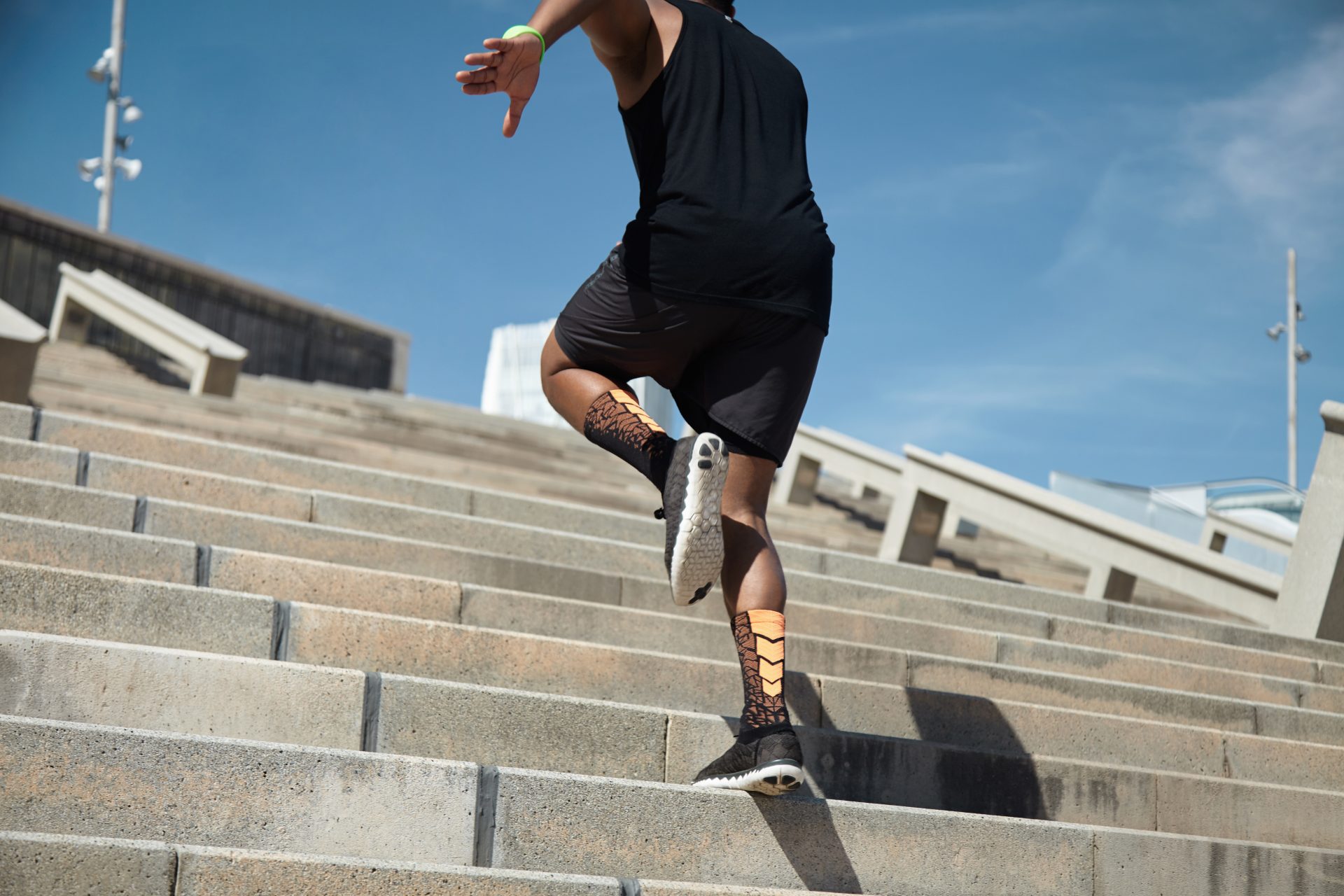Tendons adapt to change whether it’s walking, running or climbing stairs.
Before outlining the adaptability and usefulness of tendons, it may be best to quickly clarify what we are talking about.
Tendons connect muscle to bone and are chiefly responsible for the storage and release of elastic energy – much like a spring!
Tendons are not to be confused with ligaments, which connect bone to bone and primarily designed to provide stability to joints (similar to a structural support on a bridge).
Tendon pain often occurs in response to a sudden change in mechanical loads that is beyond the capacity of a tendon, (e.g. running to get fit after Christmas!).
A change in mechanical load can occur with variations to training volume (the amount of physical work done), training surface (e.g. grass to concrete) and footwear.
While it is important to temporarily ‘offload’ (reduce the training volume) an irritated tendon, caution should be taken to avoid a dramatic decrease in training volume.
Sudden reductions in tendon load can be equally provocative as dramatic increases.
A physiotherapist can guide you in managing the training load and pain of a reactive tendon.
In managing tendon injuries, there are a few guiding principles to consider:
- Likes – load, routine
- Dislikes – rest, change
These principles can, with due consideration, be extrapolated to other biologic tissues and the human body as a whole.
In the words of Plato, ‘lack of activity destroys the good condition of every human being (or tendon), whilst movement and methodical physical exercise save it and preserve it’.

